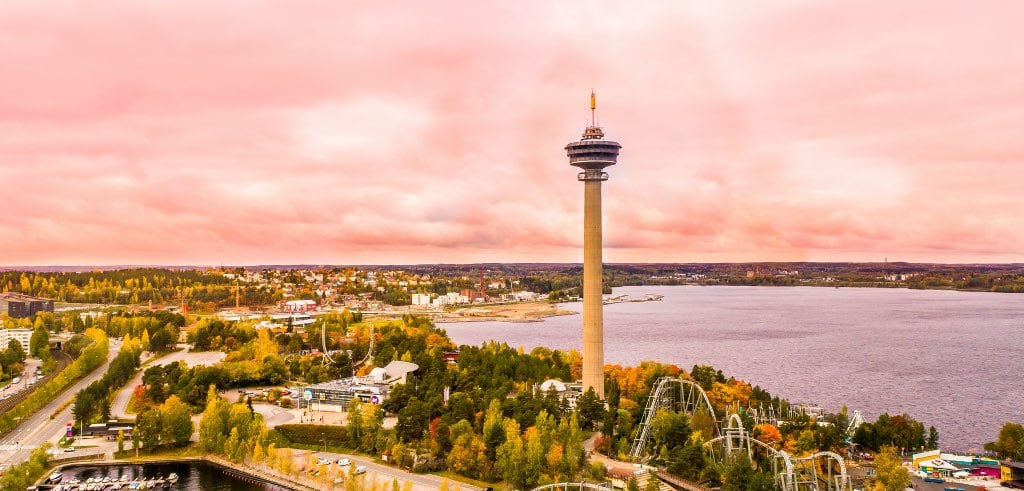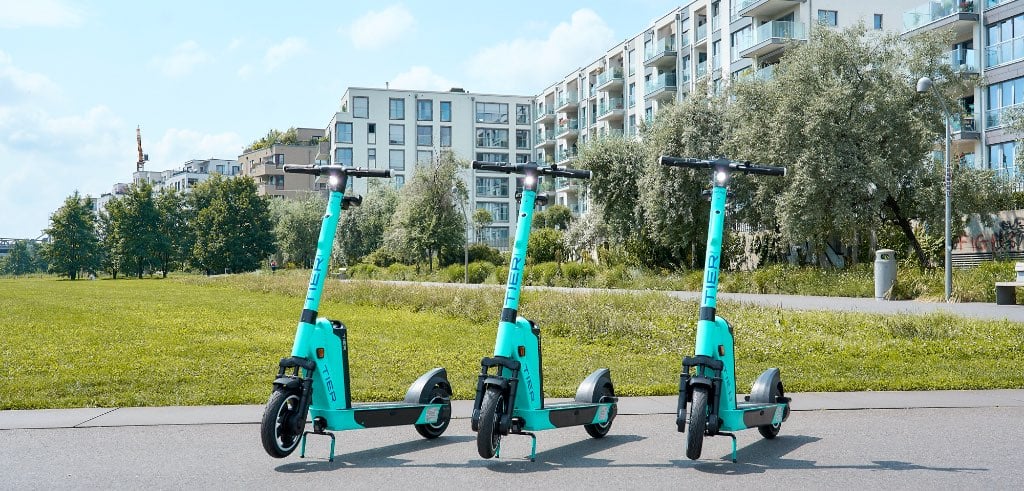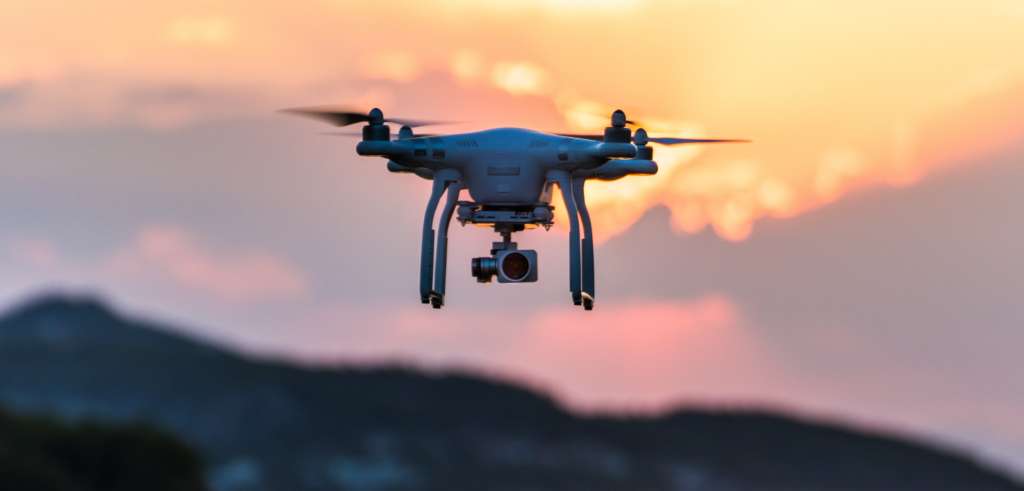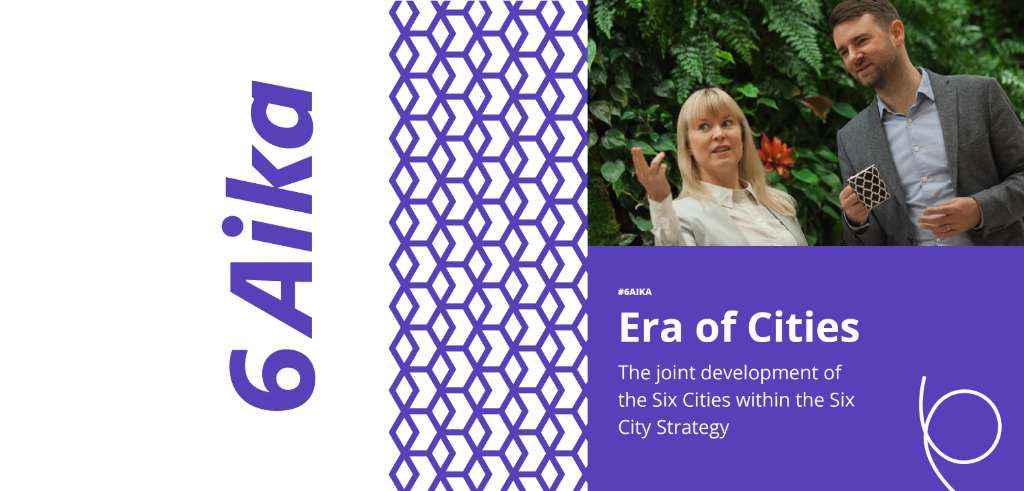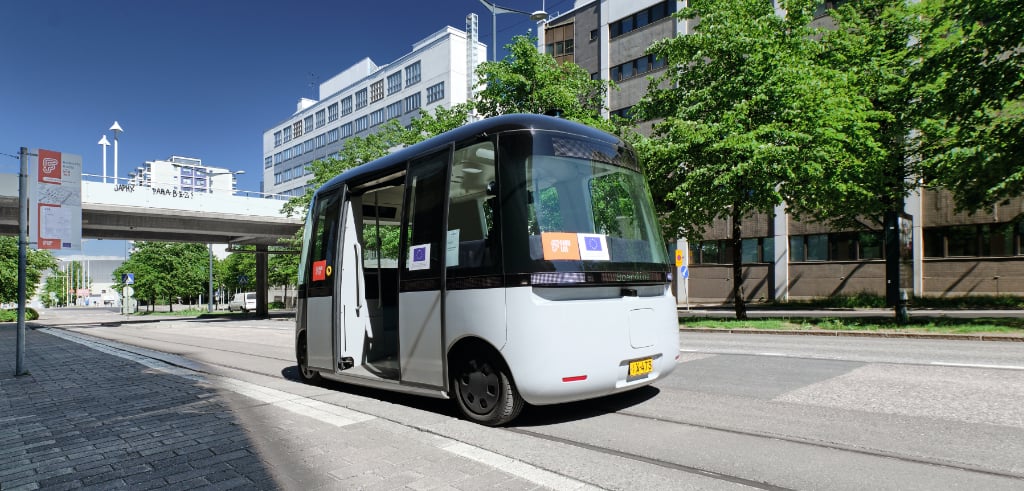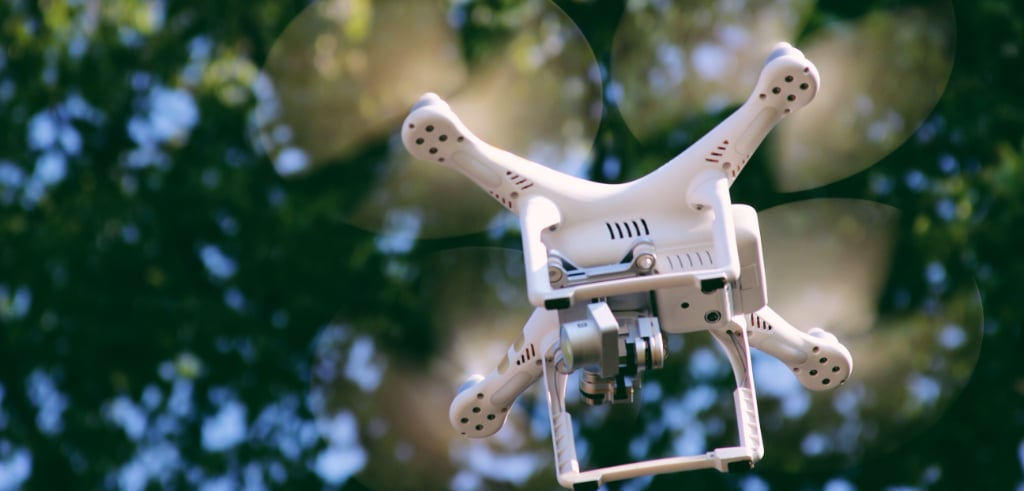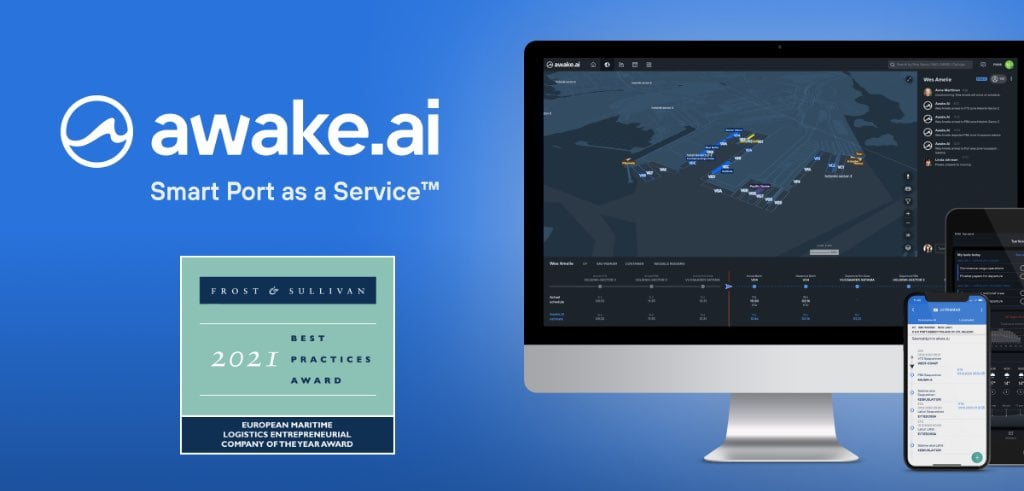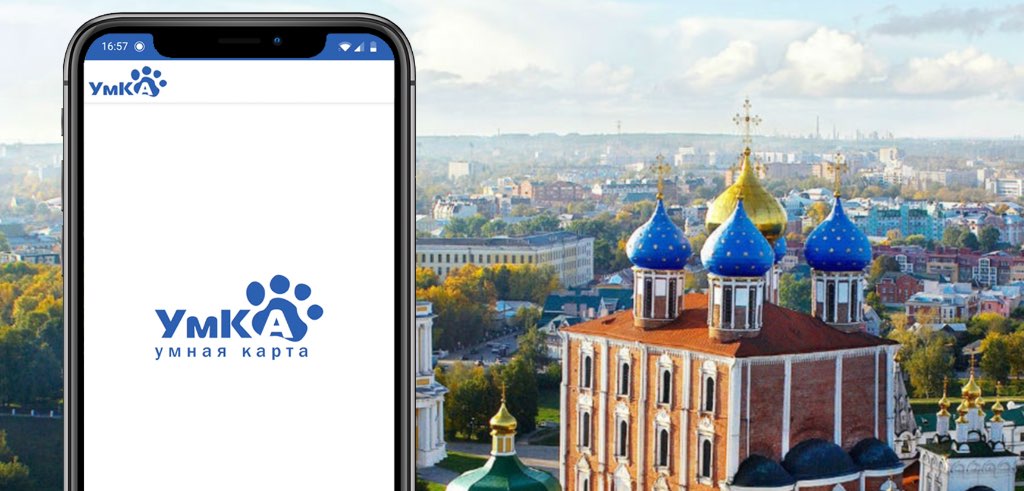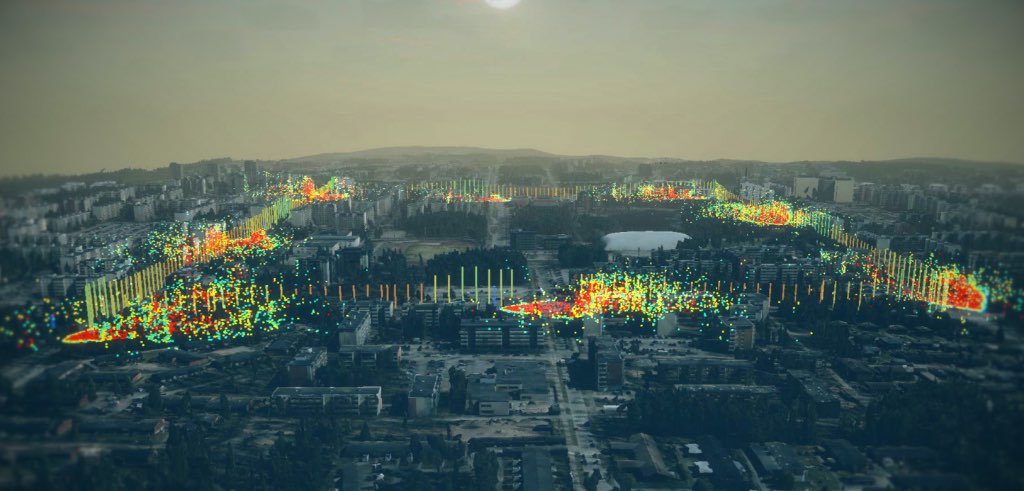
Digital twins open a new world for urban development
The automatic traffic test area in Hervanta, Tampere, is an example of the future of urban development. The digital twin of Hervanta is a versatile and user-friendly service design tool.
Just one click and you are there: On the screen, you have a bird’s-eye view of a 3D model of Hervanta, a suburb of Tampere. When you scroll closer to the streets, you will be surprised how detailed the model is. All the traffic signs and bus stops are in place and the weather conditions are realistic. Another click and you are inside a car. You can drive the car around the model and activate various data streams that you might find useful.
In the near future, services created by using digital twins will become a more normal part of urban life.
A digital twin is like an ever-growing and developing sandbox for urban developers to play in. It is a framework for real-life services. In the near future, services created by using digital twins will become a more normal part of urban life. Their global market value is increasing at dazzling speed – even the most conservative estimates predict that the market value will increase tenfold over the next five years.
Finnish developers have also jumped on this bandwagon. In addition to the tests in Tampere, digital twins have been utilised in urban development in Helsinki and Oulu. In Oulu, Sitowise created an accurate model of the city port.
Digital modelling is not exactly a new phenomenon. Digital twins have been used in shipbuilding and designing of factory production lines for several years. Now urban development has adopted the technology. Thanks to cities creating 3D models of urban spaces, visual digital twins have become more accessible and less cumbersome tool of urban development. In Hervanta, the model is being used for training automated vehicles, for example.
Automated vehicles take digital driving lessons
Tramway traffic operation will begin in Tampere in August 2021. There are plans to introduce driverless vehicles to assist tramway feeder traffic. These vehicles would transport people to tramway stops. The vehicles would operate in an area of about one square kilometre around the Ahvenisjärvi lake. In this case, the digital twin is a platform for teaching vehicles to move safely around the area. The pilot project is linked to a larger European project called SHOW (SHared automation Operating models for Worldwide adoption). The project pilots automatic traffic solutions. Sitowise is acting as the Finnish coordinator of SHOW. The City of Tampere supports the development of smart mobility strongly, and all their projects benefit each other. To a user, the digital twin of Hervanta created by Sitowise looks like a combination of several visualised data streams and pleasing graphics. This is not the first digital twin created of Tampere. 3D simulation of urban spaces have been used for training tram drivers, for example. – Digital twins have been utilised in Tampere for a few years now. All the new areas in the city centre have already been modelled. For example, the locations of buildings under development can be viewed digitally before construction has even begun. This makes urban development easier, says Jari Ikonen from Business Tampere. In order to provide reliable support for ambitious projects such as training driverless cars, digital twins must meet high quality standards and depict the real word as accurately as possible. VTT Technical Research Centre of Finland played a key role in the project. VTT modelled unnoticeable but important objects, such as traffic signs and bus stops, and measured the coverage of a 5G test network in the area. – In the Hervanta project, the accuracy of the model was, at best, as close as 10 centimetres. This helped us ensure that the model’s traffic signs and public transport stops took exactly the same amount of space as they take in real life, says Automated Vehicle Scientist Kimmo Kauvo from VTT.Sensors and growing data streams support development
Over the past few years, digital twins have been introduced in urban development along with several significant technological leaps. The current level of 3D modelling, availability and amount of sensor data and standardisation of important technologies make utilising digital models easier than ever before. – Telecommunication networks are now so fast that they allow almost real-time utilisation of sensor data. The City of Tampere is a pioneer in making city interfaces accessible and piloting new services. For example, anyone can access the city’s traffic light data if they are interested, says Riihentupa. Game engines have also become more useful tools of urban development. – The digital twin of Hervanta was created using a Unity game engine, which works well for projects of this scale. The rapid development of game engines has helped digital twins become more common in the field, says Technical advisor Niko Moreira at Sitowise. Sitowise has a extensive expertise in field of digital twins, both accumulated from previous projects and constantly evolving. Elena Lassila, junior advisor at Sitowise who was involved in the project, is currently doing her master’s thesis on the topic. The actual digital twin exists in Sitowise’s virtual environment AURA. All the data generated via modelling and measuring is easily visualised and utilised in this virtual environment. Other people will also be able to benefit from the final product. The 3D model created through the digital twin will be released to the public. This project clearly serves general interests. Here at Sitowise, our goal is to promote open digitality and apply it to different business models as widely as possible. – The digital twin of Hervanta is laying the foundations for countless of end uses that utilise the digitalisation of new urban spaces, Moreira adds.Watch the video of the automated traffic test area digital twin:
Picture credit: Sitowise

